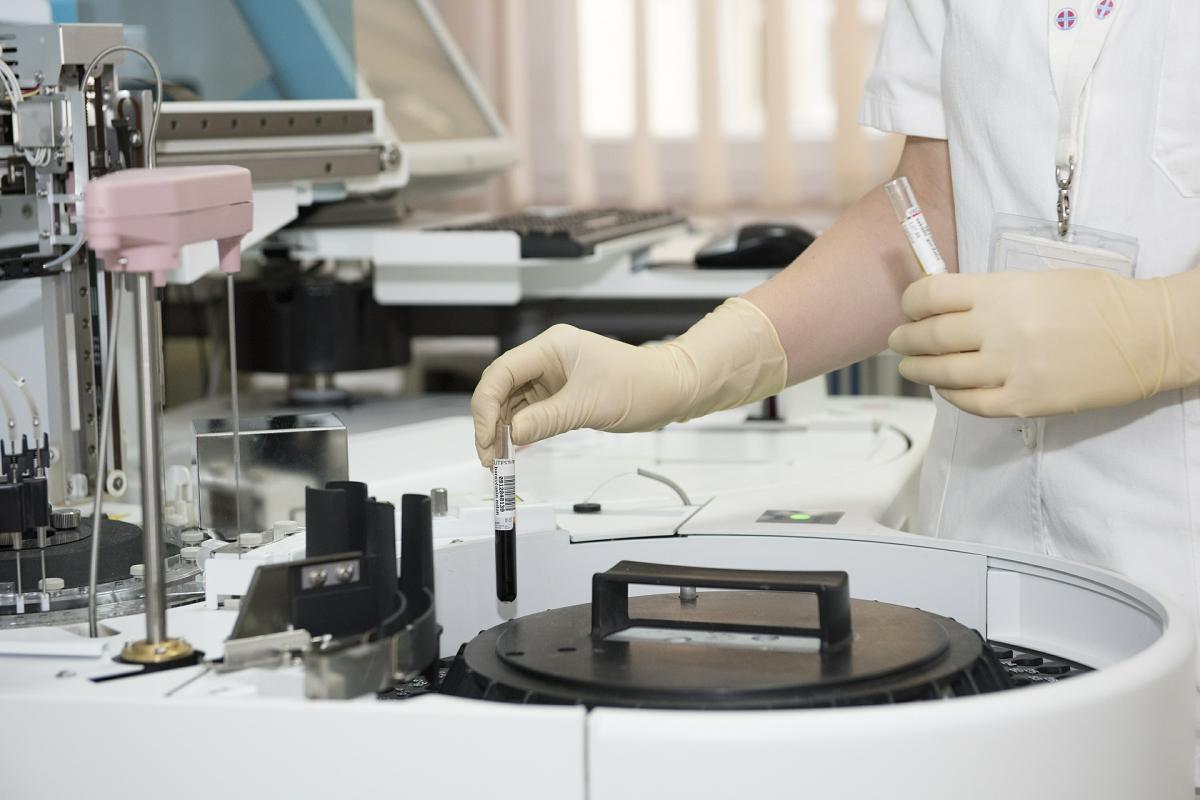 How does a machine guess your bodily alcohol content in a Michigan DUI case?
How does a machine guess your bodily alcohol content in a Michigan DUI case?
The breath testing machines in use in Michigan, the BAC Datamaster and its newer replacement the DMT, rely upon on a series of assumptions that the government cannot prove are true. Because these assumptions cannot be proven, the Datamaster simply estimates blood alcohol from the breath alcohol reading.
As you drink alcohol, the alcohol is absorbed into your blood stream. As it courses through your arteries and veins, most of this alcohol is broken down by alcohol dehydrogenase, an enzyme produced by the liver. This breaks down the alcohol primarily into water and carbon dioxide. Trace amounts of alcohol can be directly excreted by the body. Sweat, tears, and saliva can all contain small amounts of alcohol while a person is drinking, and a small amount of unbroken down alcohol can make its way into the bladder. Along with all these other ways that the body can eliminate alcohol from the body, a tiny number of ethanol molecules are dropped off into the lungs along with carbon dioxide while oxygen is taken on by breathing. These microscopic amounts of ethanol molecules do not make your breath smell like alcohol. Most police officers will agree that the odor of an alcoholic beverage is not actually ethanol. Contrary to intuition, the microscopic number of ethanol molecules in the deep lung air cannot be measured by the sense of smell because it is far too small for human senses to detect.
If you think about it, the amount of alcohol that the law tries to address is microscopically small. The law states that the legal limit is 0.08 grams per 100 mL of blood. A test tube of blood is approximately 10 mL, and a gram is approximately a small paperclip. Essentially, the law is trying to prohibit a blood alcohol measurement that is smaller than a tenth of a paperclip in 10 vials full of blood. That is pretty small. But breath testing takes this to the extreme.
Because only a microscopic amount of ethanol is deposited in the deep lung air, Michigan's breath testing machines must multiply the detected amount 2,100 times. In other words, the machine uses an average of 2100 to 1, multiplying the amount of alcohol detected in the breath to estimate a blood alcohol score.
Michigan's Breath to Blood Conversion Ratio is Not Correct
Scientifically, it is well-established that this estimate is wrong. Based upon thousands and thousands of tests, we know that the average is actually closer to 2,280:1, with half of people in the population higher than that number and half lower. Police, prosecutors and judges routinely ignore those inaccuracies or try to suggest that the machine gives the accused the benefit of the doubt by providing a slightly lower number than the actual average. Lawrence Taylor, a seminal author on drunk driving issues states: "Very few people have a partition ratio of 2100 to 1. It ranges anywhere from about 1100-to-one up to 3500-to-one and higher. And there is no way of knowing at the time of testing what your partition ratio was because [it] changes within an individual all the time... It means if you blow, let's say, a 0.11 and you have a 1300-to-one partition ratio, that 0.11 is really 0.07. You're innocent. Your crime, unfortunately, was not being average." What Mr. Taylor writes is absolutely correct, so how do you think the government responds to this critical issue? The government ignores it.
Even worse, shortly after consuming alcohol, while alcohol is still being absorbed into the body, your breath-to-blood correlation can be as low as 900-to-one, even though the Datamaster machine assumes a ratio of 2100-to-one. Unless you are fully post-absorptive, your breath test will be artificially high. This should raise serious doubts about the prosecutor's case, especially in cases where prosecutor insist that a low BAC test is accurate enough to prove a conviction. You need an attorney who understands these issues and will communicate them effectively to a jury.
Contact Maze Legal today for a free consultation. William Maze is a Michigan DUI Attorney with 20 years of experience handling drug and alcohol cases along with many other criminal matters. An experienced DUI Attorney will be able to guide you and answer any questions you may have.